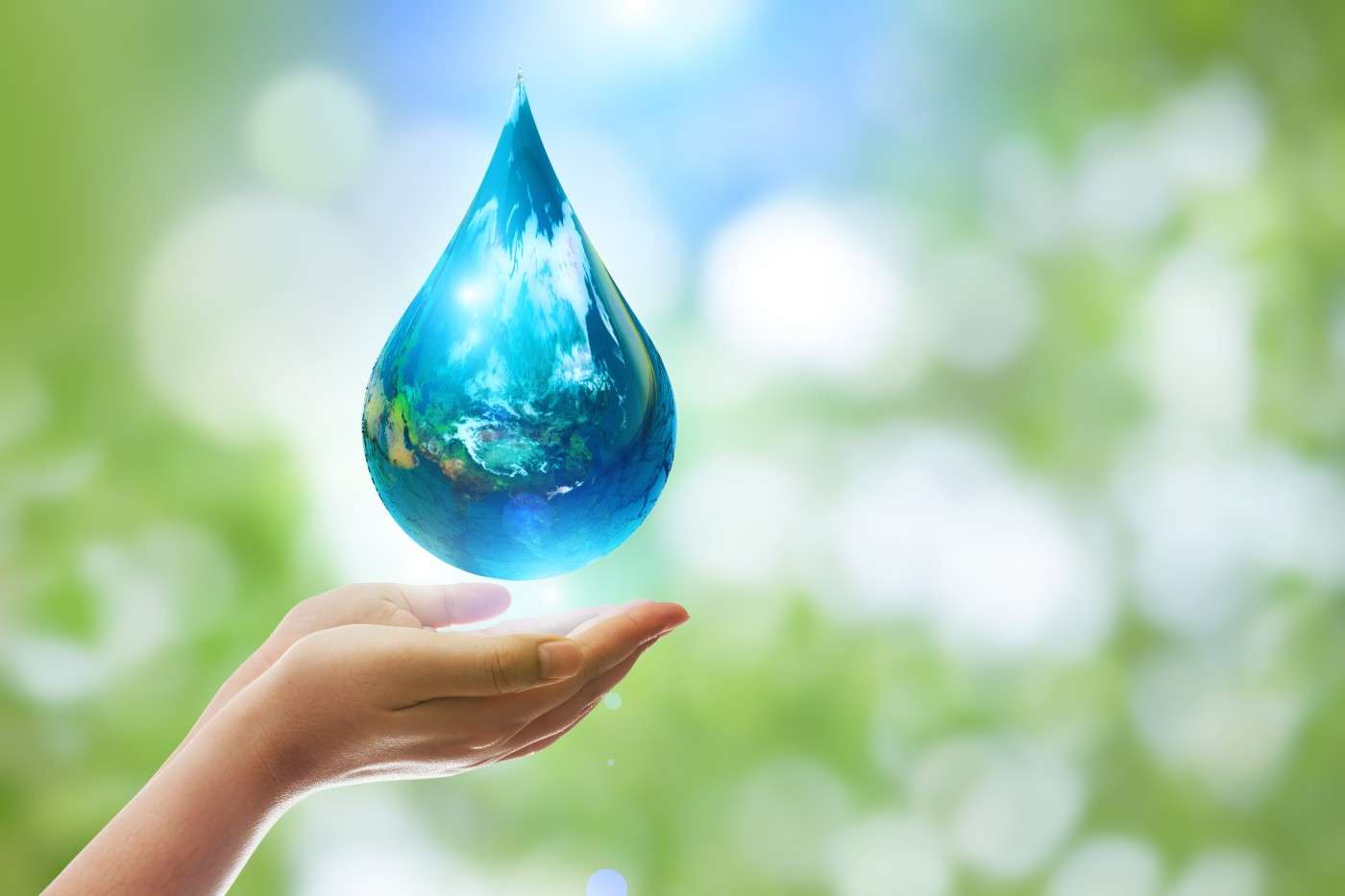
The most crucial component of life is water. All living creatures, including plants, animals, and everything in between, need it to survive. But it’s also essential for businesses to survive. Without it, businesses are unable to run their facilities or create game-changing goods.
However, there is a problem: Water is swiftly turning into a valuable resource. Despite the fact that water makes up more than 70% of the earth, just 3% of it is drinkable pure water. The demand for water is expected to quadruple globally by 2030, increasing pressure on this precious resource.
Contents
Committing to taking action
Some of the most well-known brands in the world have pledged to act in response. In the upcoming years, businesses like Facebook and Starbucks intend to become “water positive,” paving the way for a more sustainable future.
The US Food and Agriculture Organization estimates that during the previous two decades, the amount of freshwater accessible per person has decreased by a fifth. This is a significant problem given that the industrial sector typically uses 20% of the freshwater resources in the globe annually. Thank goodness, things are evolving.
The water use of large organisations is being reduced, and some have even made the commitment to become water positive.
A corporation is deemed to be water positive when it conserves and returns more water to the environment than it consumes, similar to net-zero emissions. Among other techniques, this can be achieved by utilising effective facility systems or product reuse.
Water risks are equally important as climate risks
Even before we knew the effects of climate change, water management was inefficient. Globally, water is severely polluted, devalued, overallocated, and difficult to access.
The ESG wave needs to address reporting framework alignment right away, admit the limitations of a footprint-focused reporting attitude, and give water the same weight as climate change in terms of importance. We can only see achieving real progress toward the SDGs over the next nine years with this new perspective and a requirement that ESG reporting becomes mandatory. If we don’t enhance ESG reporting, we run the risk of reporting without having a significant impact, which will make it harder to address our most urgent social and environmental issues.
Striving towards water positivity by 2030
At STL, we are also striving toward water positivity. Our water management evolved in 2021 as we created techniques and strategies to increase water efficiency. We are aiming to align our deeds with global standards for sustainable water stewardship and to adhere to a framework for water management.
By 2030, we aim to become water positive across all our manufacturing locations globally. To achieve this target, we implemented water-recycling models. All our manufacturing plants in Aurangabad are Zero Liquid Discharge certified and we are working to replicate these best practices across all operational plants.
It’s critical for large organisations to act and set an example as water challenges continue to spread around the world. Businesses may help pave the road for a better future by conserving water and being water positive.














